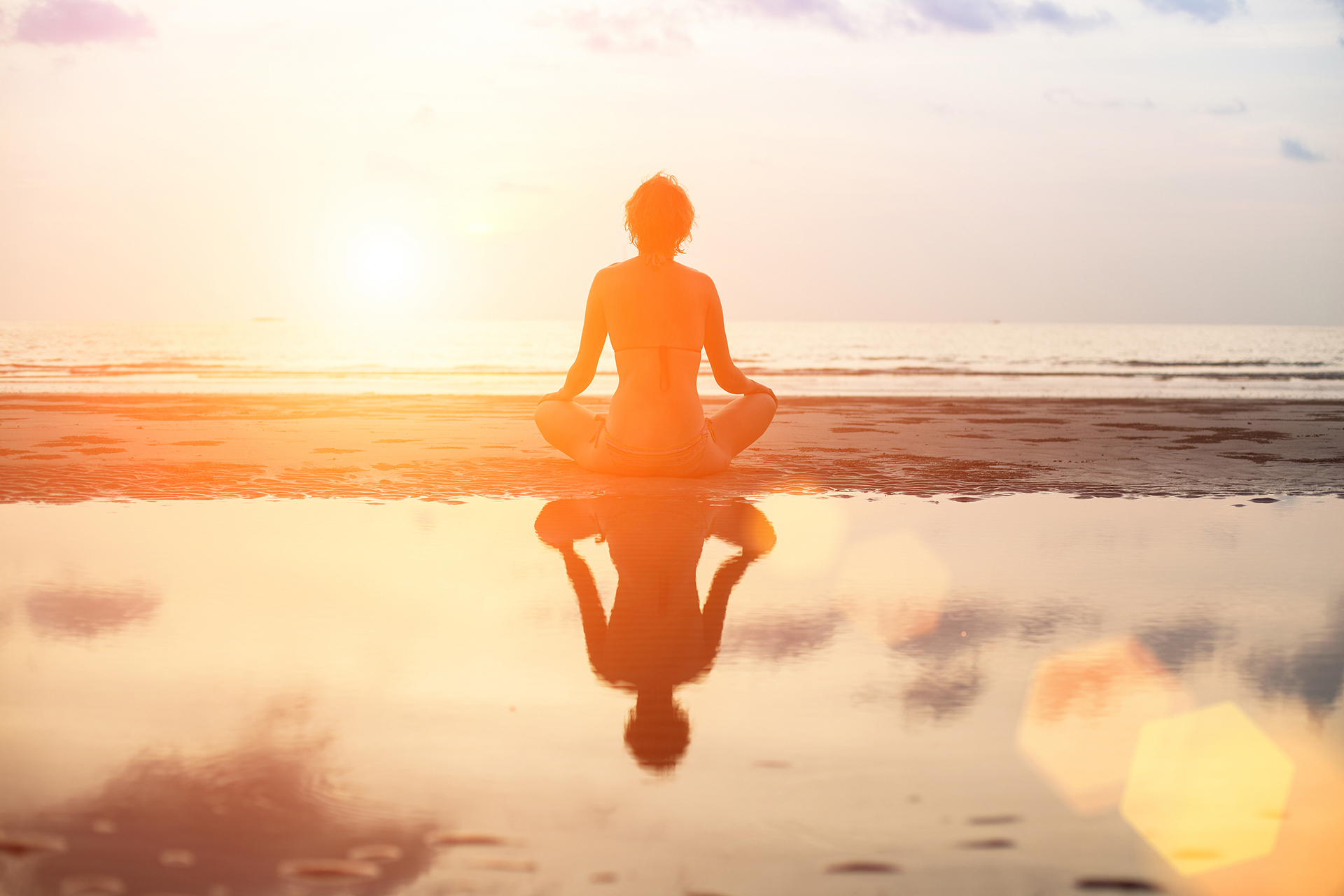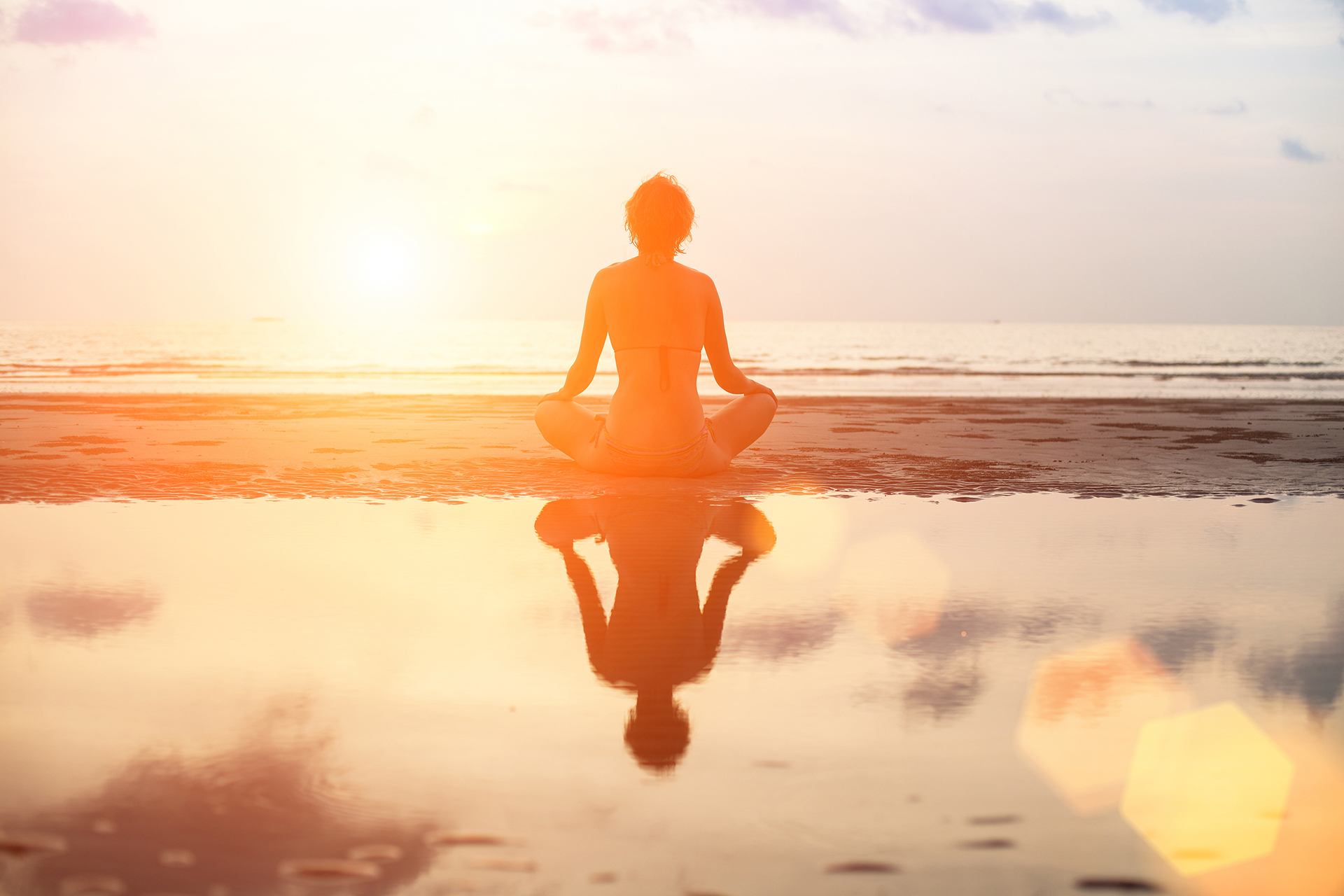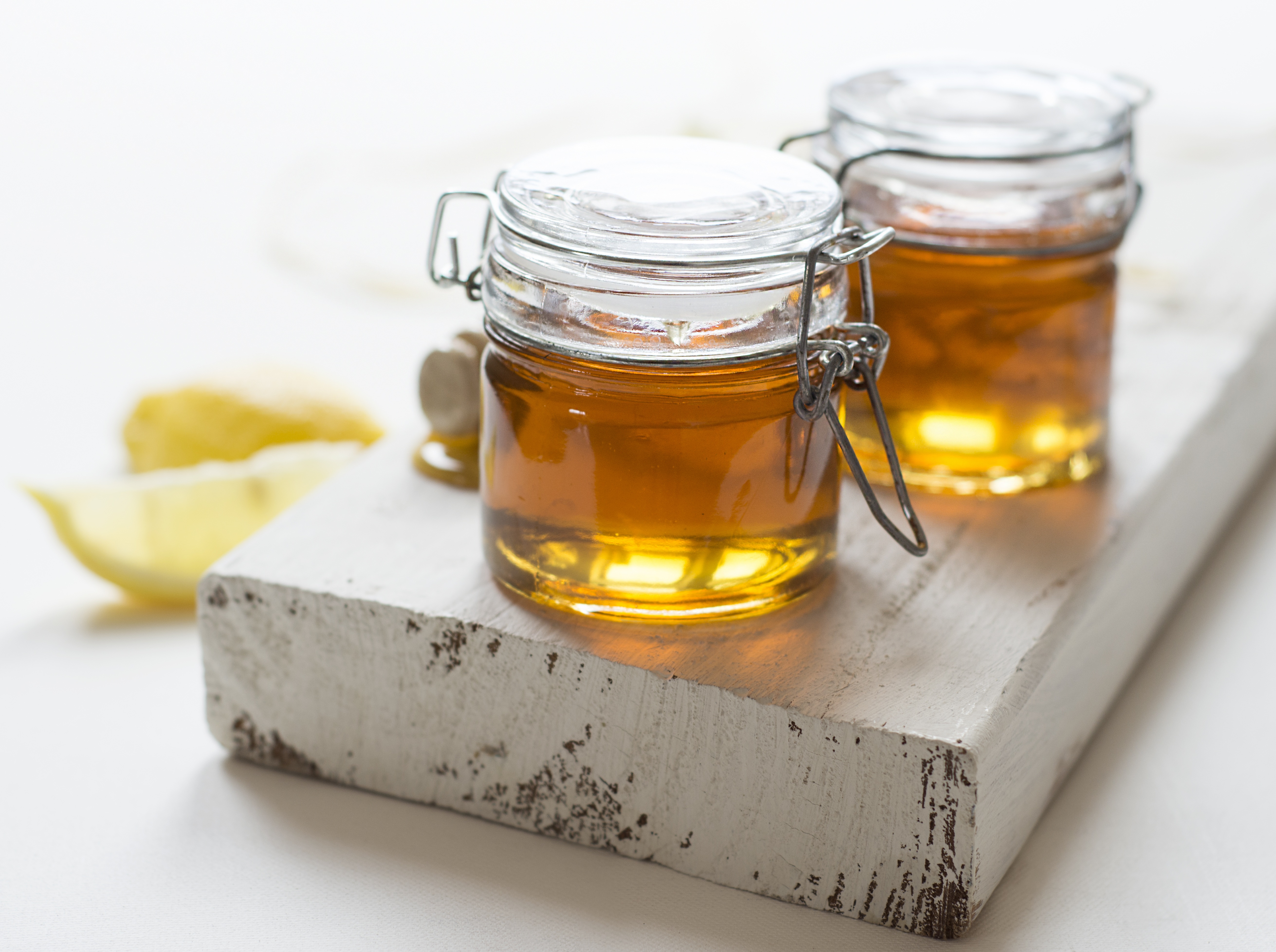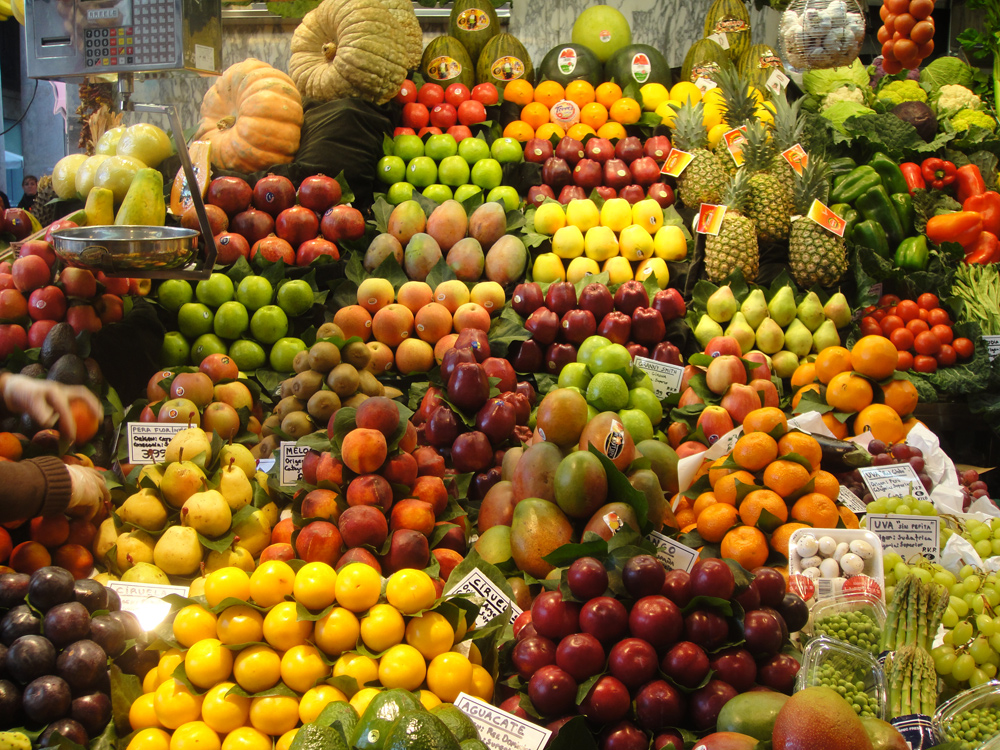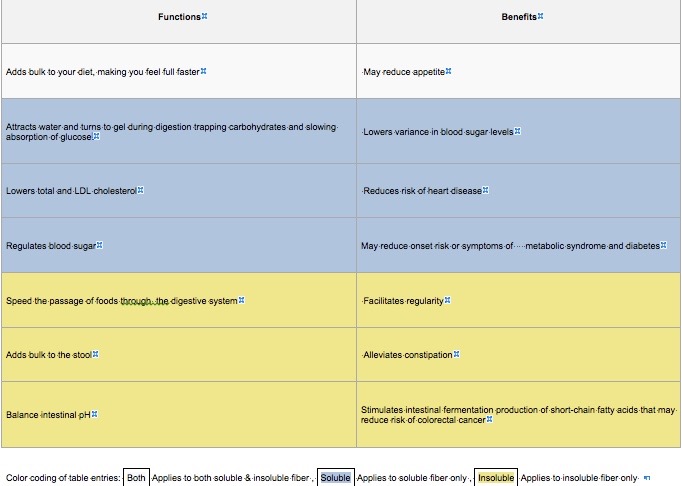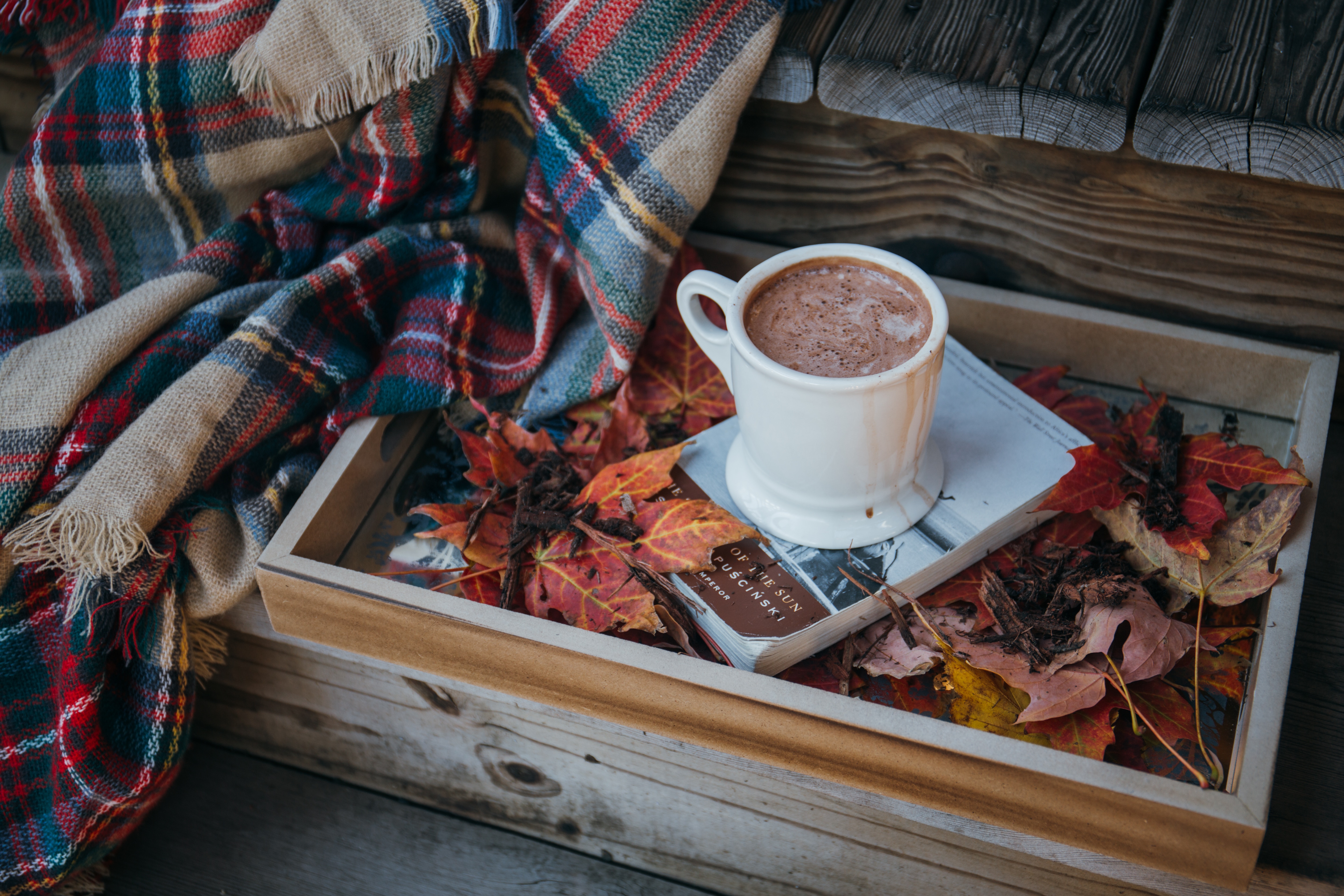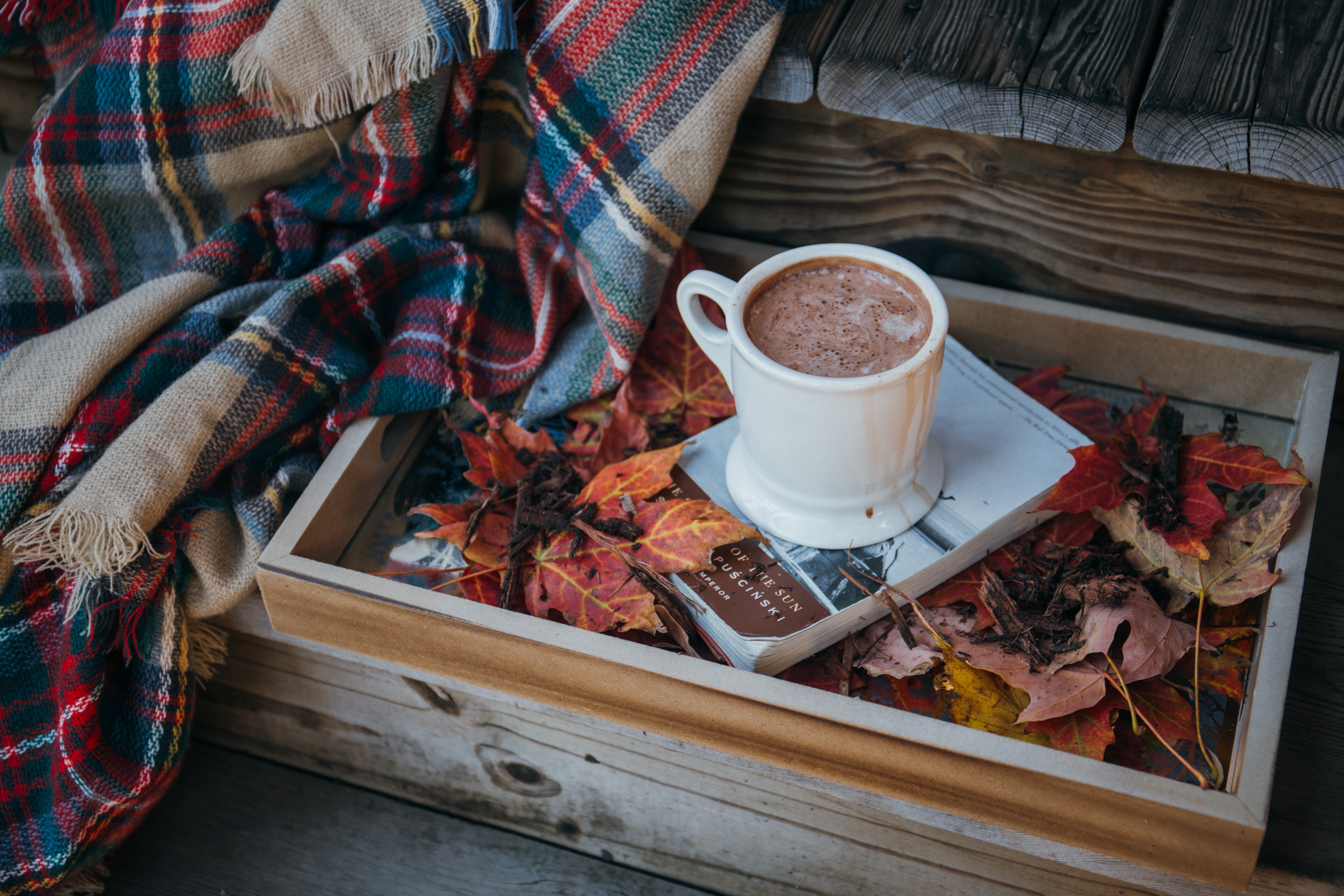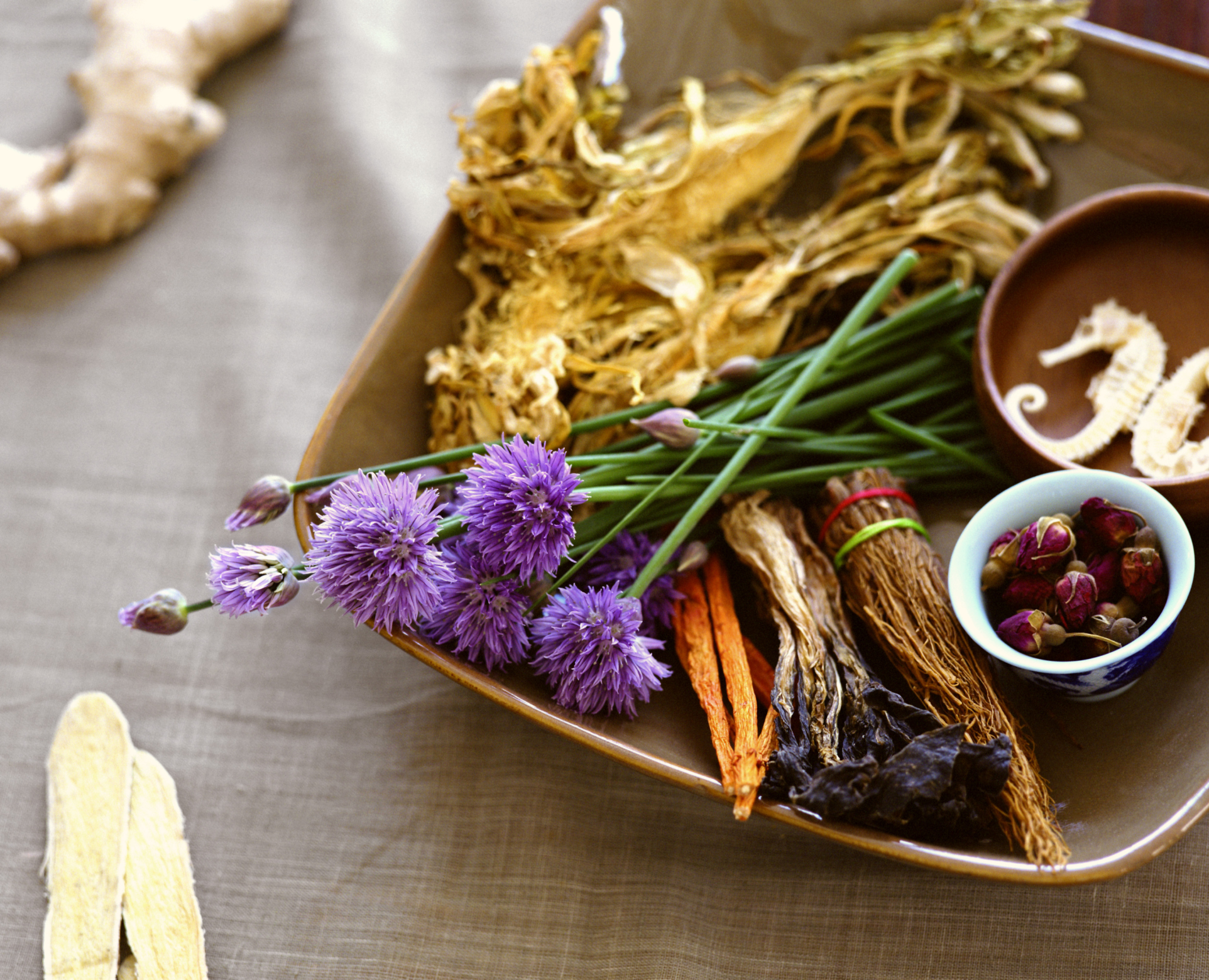A mom asks: Echinacea while breastfeeding?
A new mom recently wrote to us with a common dilemma. She’s used to reaching for her trusty Echinacea during cold season, but is now facing winter illnesses while also breastfeeding a baby. And, the safety warnings on her go-to remedy warn against use by pregnant and breastfeeding women. So what is a sniffly mama to do?
Good news. Nursing moms can use many botanical medicines safely, including Echinacea*.
Bad news — your doctor may or may not agree. The problem is that very little clinical research exists on herb safety in pregnancy and lactation because its not a population that is eager to be tested (note: same problem exists with pharmaceuticals and safety in pregnancy or lactation).
As a modern clinical herbalist, I’m keenly interested in trials on herbs, but often there just aren’t good quality studies, so we have to make safety calls based on historical/traditional use and what we know about the plant’s chemistry and potential for toxicity. As far as herbal medicines go, Echinacea is classified on the safe end of the spectrum. But its still wise to consider if you really need it or not. We do know that somewhere between 1-10% of most herb or drug doses will convey to the breastmilk.
And those safety labels regarding pregnancy and breastfeeding? These vary so much from product to product and company to company—from overly cautious to non-existent, which gives the overall effect of being somewhat unhelpful. It leaves consumers confused.
The way that I recommend sorting all this out as a pregnant or nursing mom, is to first rely on non-drug/non-herbal approaches to weather colds — whole foods, good rest and support from an acupuncturist can help a lot.
This is a great time to really implement food as medicine.
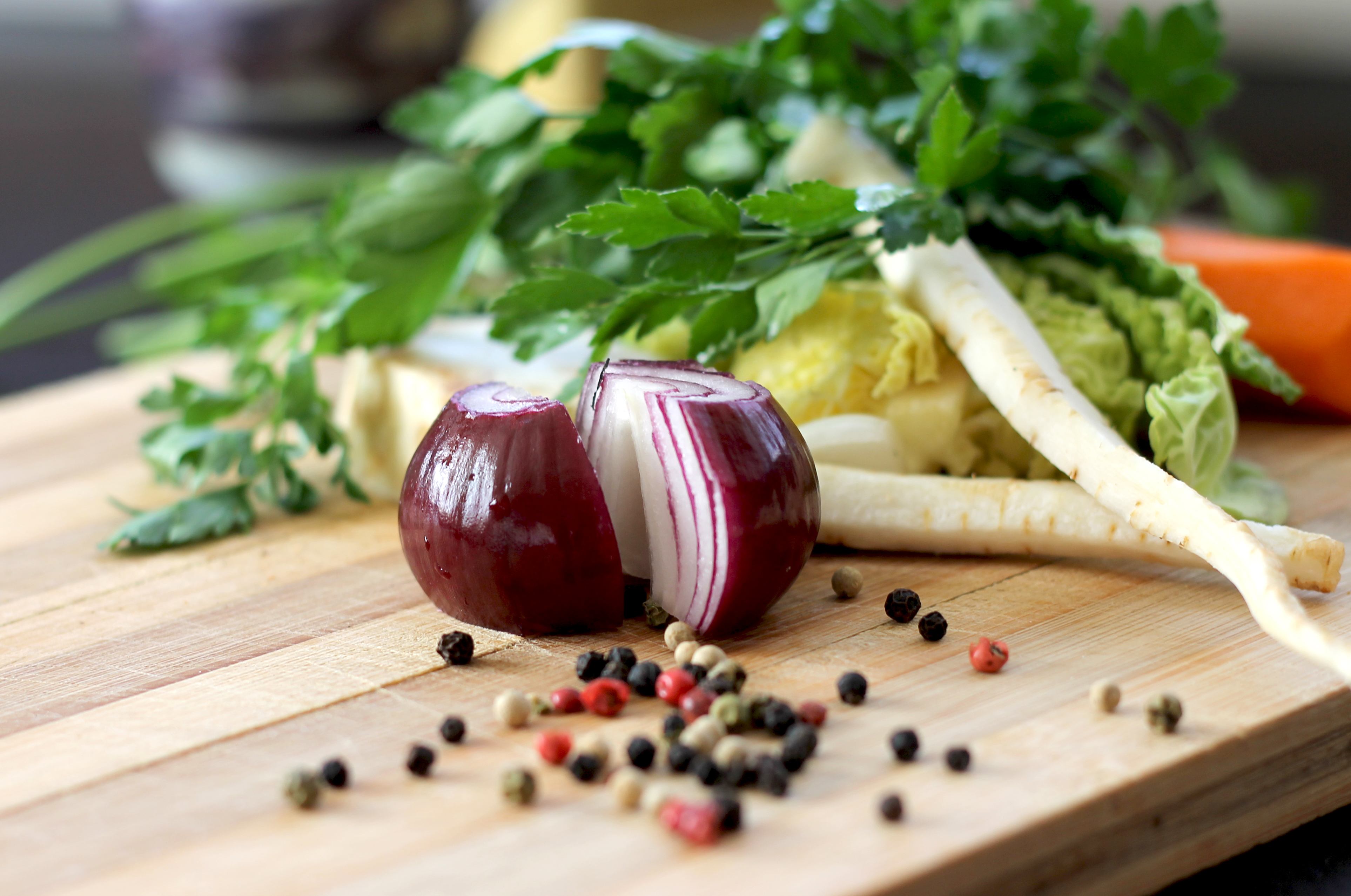
Think hot chicken soup with extra garlic, onions and thyme, and strong lemon ginger tea. Sometimes nourishment is all you need to mount your defenses, and its worth a try when the health of your baby is also part of the picture. If you think something more is needed, work with a natural health practitioner who can advise you, or do some thorough research. My favorite expert & mentor in this area? Aviva Romm.
I’m definitely a fan of Echinacea (Echinacea angustifolia and Echinacea purpurea) for reducing the duration of a cold (1/2 tsp tincture or 500 mg capsule every two hours), and am comfortable with its safety profile for pregnant or lactating women. Fun fact: you know you have a high quality tincture if it makes your tongue tingle. Tons more Echinacea info. here.
Elderberry (Sambus nigra) syrup is another excellent addition to a mama’s immune boosting protocol (1 tsp every two hours when ill) – Gaia herbs makes a yummy, high quality one. And for that strong ginger tea: Grate or chop 1Tbs fresh ginger/8 oz of water; cover and boil for 15 minutes, then strain, add lemon and honey, if desired and sip all day long.
*Note: With any herbal product use, but especially during lactation, it is critical that you purchase high quality and organically grown herbs from a reputable company. This is not a time to cut corners, or take something old or of questionable quality that you bought pre-pregnancy. Also, remember that many herbal immune health products are blends of many herbs. You need to read the ingredients because some of these may not be appropriate in lactation. In general, I recommend you keep it simple for the time being and use simpler single remedies, and not complex formulas.
You’ve got this. Nurse on and be well!

